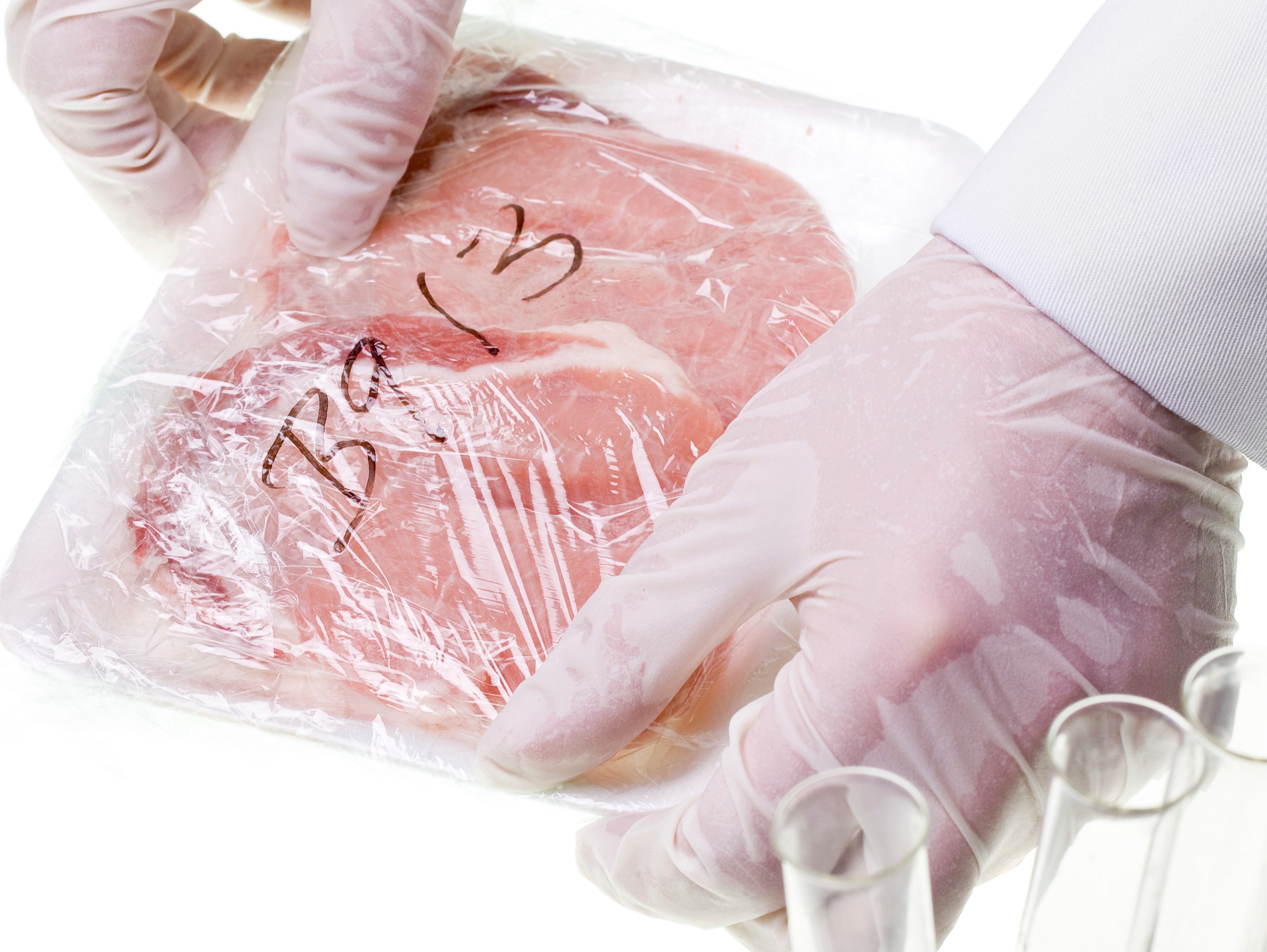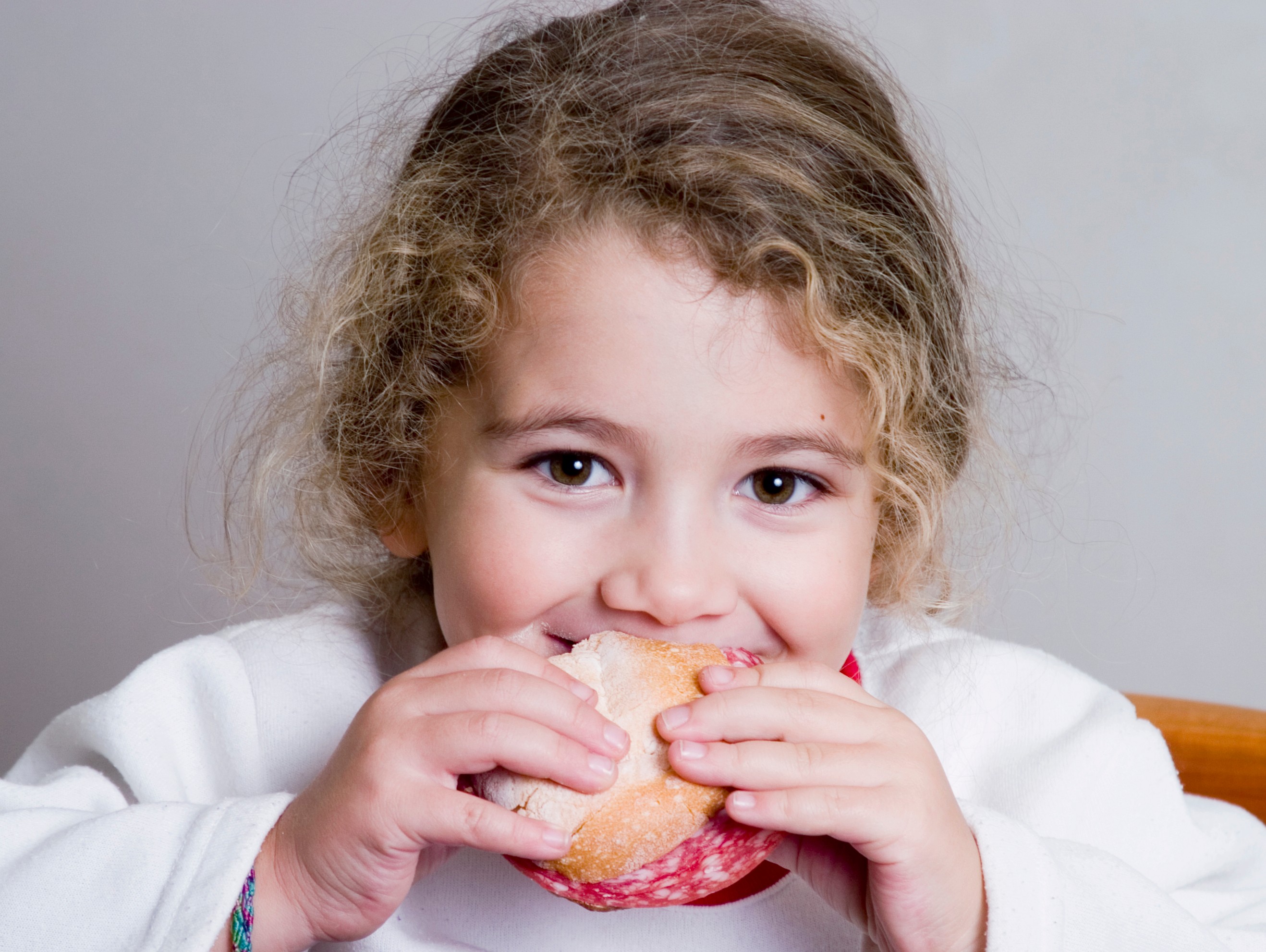
One of the basic principles of the current food safety policy is the ‘from farm to fork’ approach, based on risk analysis and traceability from raw materials through to end products. For all critical phases in the food production chain, hygiene rules and monitoring programmes have been established and food producers must comply with these requirements.
Consumer health is protected as much as possible by all sorts of rules and regulations on food safety, and checks on compliance with the legal requirements. In line with the current EU legislation, which was revised in 2000, foodstuffs and food products manufactured in the European Union as well as those imported from third countries are monitored with respect to animal health and welfare, plant health, preventive measures relating to the risk of contamination from external substances, and compliance with the food-labelling regulations.
Based on the Treaty establishing the European Economic Community (which was signed in Rome on 25 March 1957) and the ensuing disappearance of many of the legal barriers between member countries, the EU makes thousands of decisions each year. It is not easy to gain insight into that legal decision-making process. The general basis for the EU’s legislative system is that common rules apply in all member states. However, if these are superfluous, the existing legal system of the member state in question must be respected. This is called the subsidiarity principle.
‘Producers and traders of foodstuffs are responsible for the safety of the products they manufacture or sell’
In their most absolute form, community-wide rules are introduced as EU regulations. These are mandatory and stand above national legislation. But EU decisions can also indirectly influence the legal system in member states via EU directives. Directives are mandatory with respect to the objectives to be achieved by each member state, but they allow national governments to decide how they are implemented. Then there is the opportunity to decide on concrete cases relating to commercial sectors, legal entities or private individuals. These are called ‘decisions’. Finally, the EU issues so-called ‘recommendations’ which are without legal force.
The EU has defined food hygiene rules and controls in the Regulations (EC) 852/2004 and 835/2004, making producers and traders of foodstuffs responsible for the safety of the products they manufacture or sell. Regulation (EC) 852/2004 describes how hazards must be controlled, from the sourcing of raw materials, throughout the entire production process, up to and including sale to the consumer. The normal approach is to opt for the HACCP system and to safeguard food safety by analysing the risks and hazards.
‘The aim: increasing consumer confidence in food’
The terms ‘hazard’ and ‘risk’ are often the source of confusion. What’s the difference? A hazard is a biological, physical or chemical characteristic of a foodstuff that can have an adverse effect on food safety or human health. A hazard can be present without it necessarily causing harm. A risk is the probability that the hazard will occur or materialise, and is calculated by multiplying the hazard by its probability. The risk analysis reveals the critical control points, i.e. the points in the process where the risk can be reduced or eliminated. In order to ensure food safety, these control points should be monitored by establishing critical limits and corrective actions in the case of those limits being exceeded.
Despite all the efforts by manufacturers and governments to ensure the safety of food products sold on the market, food safety incidents are a regular occurrence. Most of them are of a microbiological origin (Salmonella Campylobacter, norovirus), but some of them have a physical cause (horse meat) or are related to a chemical hazard (melamine). Although food is becoming safer all the time, the incidents indicate that there are still weak points in the food chain which, as supervision is reduced, are increasingly putting consumer confidence in food safety and food integrity under intense pressure. In view of this, the Dutch Ministry of Economic Affairs set up a Food Confidence Task Force in 2013 to provide a framework for collaboration between businesses and government in order to increase consumer confidence in food. The aim is to improve the robustness of the quality system in the food chain and the necessary safeguards so that any companies who pose a threat to food safety or food integrity are excluded from the chain.
For more information (Dutch): www.rijksoverheid.nl

In all food-safety incidents, it is essential to communicate the facts in order to keep consumers effectively informed about the cause and the consequences. The Netherlands Nutrition Centre Foundation (Voedingscentrum) is currently increasing its efforts to disseminate scientifically based information about various topics relating to the food chain. This will also involve scientists from various research institutes (RIKILT, Dutch National Institute for Public Health and the Environment [RIVM], TNO) and universities. Furthermore, it is necessary to amend the curriculum of follow-up technical education and training in order to share relevant information and knowledge about food safety with consumers as early as possible. Ultimately, this should help to rebuild consumer confidence in food, so that citizens once again trust that the industry is doing its utmost to ensure that the food supplied to them is safe.
The studies, reports and references mentioned above are available from the author on request: [email protected]
Source: Beeld onderzoek: ©iStock.com/shawn_hempel; beeld meisje: ©iStock.com/cri1810;